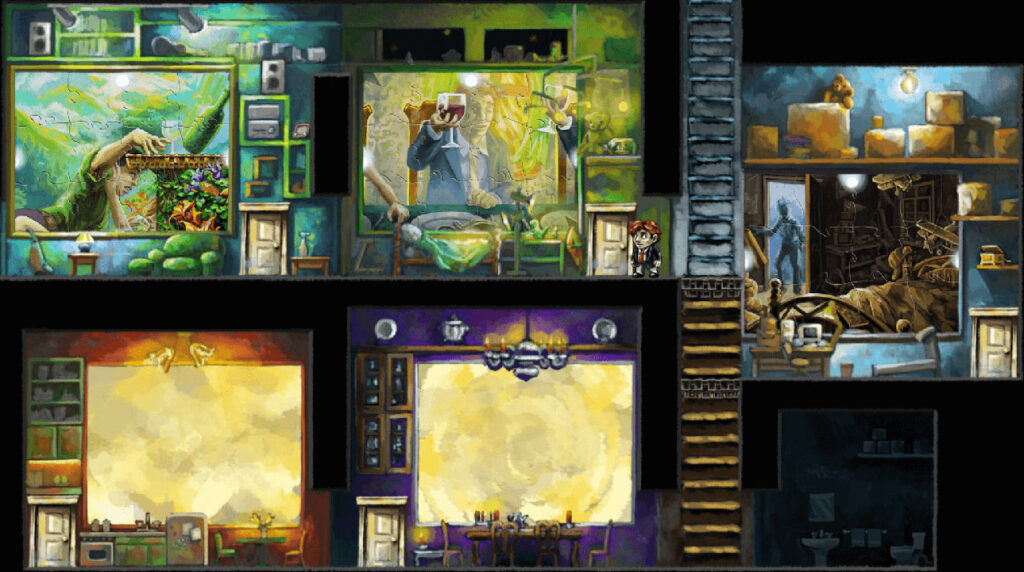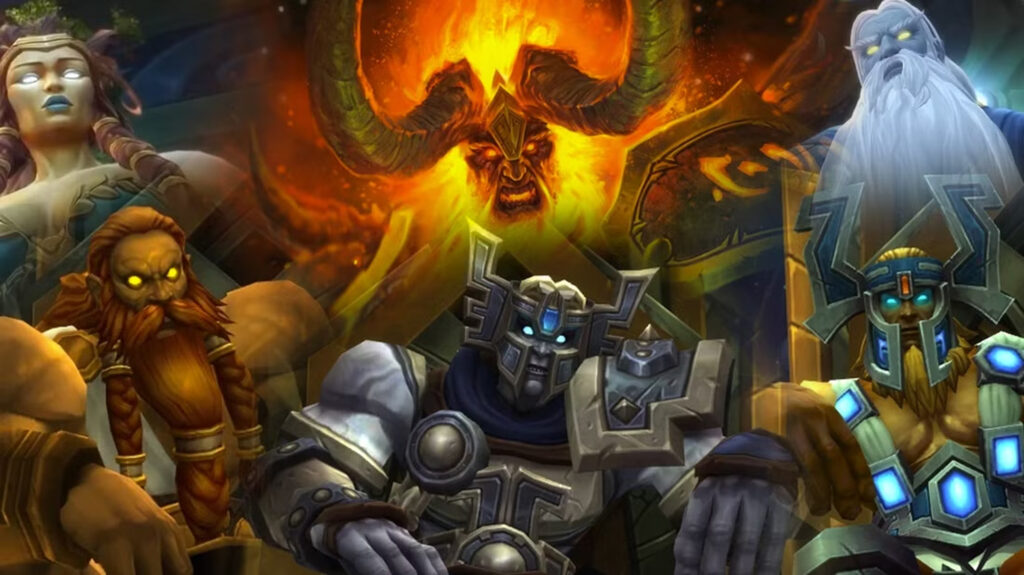Some games etch themselves into your memory not through bombast or endless content, but through a quiet, almost poetic brilliance. Braid, Jonathan Blow’s 2008 indie masterpiece, is undeniably one of those games. It’s a title I never personally played, a quirk of my gaming habits at the time, but one that became deeply familiar through a shared experience. My husband, often tackling complex puzzles with a furrowed brow and a determined glint in his eye, would frequently call me over for a fresh perspective. Together, we navigated Tim’s melancholic journey, and while his hands were on the controller, my mind was utterly captivated by the game’s ingenious mechanics and breathtaking artistry.
Returning to Braid in my thoughts now, so many years later, it’s the game’s elegant dance between gameplay and narrative that continues to resonate. On the surface, it’s a deceptively simple 2D platformer. You jump, you collect puzzle pieces, you progress through worlds. But then comes the twist, the core mechanic that elevates Braid from charming to truly groundbreaking: the manipulation of time.
Each world introduces a new way to bend the temporal flow. In one, you can rewind time at will, undoing mistakes or even using this ability to solve intricate spatial puzzles. Another world introduces time that flows differently depending on your movement. Perhaps the most iconic is the world where a glowing doppelganger mirrors your movements, but time only moves forward for it when you do. These mechanics aren’t just clever gameplay contrivances; they are woven intrinsically into the game’s themes of regret, memory, and the subjective nature of time itself.
What struck me, even as a spectator, was how these time-bending mechanics forced you to think about problems in entirely new dimensions. It wasn’t just about spatial awareness; it was about temporal awareness. You had to visualize not just where objects were, but where they would be if time flowed differently, if you reversed it, if it only moved when you did. It was a mental ballet, a constant rewinding and replaying in your mind until the solution clicked into place with a satisfying elegance.
Beyond the innovative gameplay, Braid is a visual and auditory feast. The hand-painted art style is simply stunning, creating a world that feels both whimsical and strangely lonely. Each brushstroke seems deliberate, contributing to the overall atmosphere of poignant reflection. And then there’s the music. Oh, the music of Braid is truly something special. The melancholic piano melodies, the ethereal soundscapes – they perfectly underscore Tim’s introspective journey, adding layers of emotion to every jump and rewind. Even now, the mere mention of Braid conjures those hauntingly beautiful tunes in my mind. They weren’t just background noise; they were an integral part of the experience, enhancing the sense of mystery and longing that permeated the game.
As Tim journeys through these fractured worlds, collecting puzzle pieces that ultimately form a complete picture in the final level, the narrative unfolds in a similarly fragmented and thought-provoking way. The seemingly innocent fairytale structure, with its damsel in distress, slowly unravels, revealing layers of interpretation and challenging our initial assumptions. The cryptic texts found in each world hint at deeper meanings, leaving the player to piece together Tim’s true motivations and the nature of his quest.
It’s this ambiguity, this refusal to provide easy answers, that has kept Braid in the gaming consciousness for so long. Was Tim a hero or a pursuer? Was the princess a prize or something else entirely? The beauty lies in the fact that the game allows for multiple interpretations, inviting players to engage with its themes on a personal level.
While I experienced Braid secondhand, the beauty of its design, the ingenuity of its mechanics, and the haunting power of its presentation left a lasting impression. It stands as a testament to the power of independent game development, a reminder that games can be both intellectually stimulating and deeply emotionally resonant. Even now, thinking back to those evenings spent watching and occasionally contributing to the puzzle-solving, I can still hear the delicate piano notes and feel the echo of time twisting in my mind. Braid wasn’t just a game; it was an experience, a piece of interactive art that continues to inspire and captivate, even for those of us who watched the journey unfold from the sidelines.


